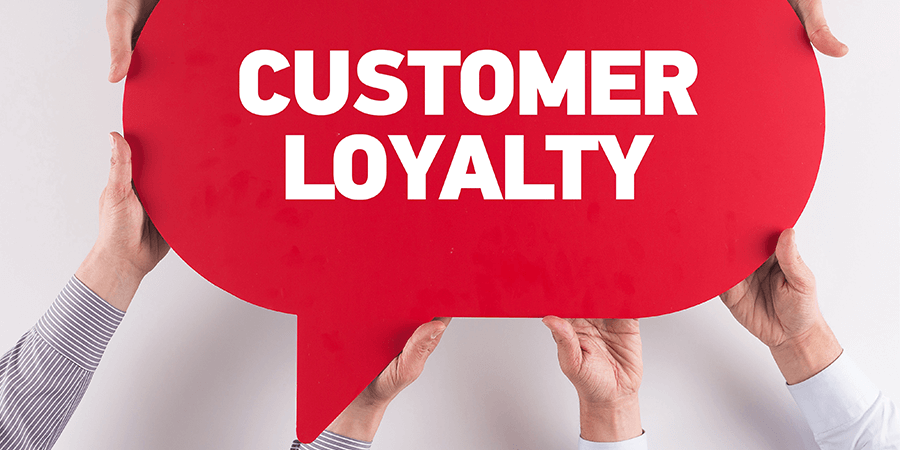We have a new buzzword in town, Omnichannel.
Every businessman or woman, retailer, manufacturer, or brand is talking about it. Customers are now present across every possible channel out there and they expect brands to be where they are. A joint study by Google and Sterling brands says that customers spend 82% more while purchasing across multiple channels and expect brands to serve them across all the channels that they are in. That brings us to the all-important question.
What is OmniChannel ecommerce?
Many of us would be familiar with the term multi-channel ecommerce, which means selling across multiple channels like a website, or marketplaces like eBay, Amazon, and brick and mortar stores. Each channel works separately and is independent of the other.
Omnichannel ecommerce is very similar to multi-channel ecommerce. It is a multi-channel sales approach that focuses on providing a seamless customer experience across all the different platforms, from a website to the brick and mortar store.
So, what differentiates the two? The big difference lies in the fact that omnichannel ecommerce connects all the different channels to provide a consistent, personalized, and seamless customer experience whereas multi-channel is the mere presence of a brand across various platforms. The shoes you viewed on your laptop are the same ones you were checking out on your Instagram and the same pair you received an email about when they went on sale last week. The message and the product information are consistent, device-agnostic, and, most importantly, customized to you, the customer.

Many businesses take a multi-channel approach, but that does not guarantee an omnichannel experience for the customer. Omnichannel commerce eliminates the silos created by multi-channel commerce and focuses on providing a holistic experience to the customer and reducing the gap between offline and online.
Customers are shopping across platforms, and brands must serve the customers at their convenience. You must be ready to take the jump to get that much closer to your customers, and omnichannel commerce helps you achieve it.
Here are four reasons why brands must be omnichannel ready with their products
Improved Customer Experience

Let’s face it. Customer experience is everything in the current digital world. Customers are spoiled for choices, and providing them with the best possible experience helps keep competitors at bay. With an Omnichannel approach, brands can provide a seamless customer experience.
Let’s use a retail fashion store as our example. Customers might be browsing Facebook on their laptops when they see an ad for a nice pair of shoes. They can click on it, and it leads them to the store’s Facebook page, where they can read more information about the product. From here on, they can proceed to buy the shoe from the store’s website. Before buying, they find out that their size is not available. They can then contact the store’s support team through the live chat widget on the website. They come to know that the size is available at a retail store near them. The customer can pre-book the shoes and collect them from the store the next day.
The customer had various touchpoints, and each touchpoint was connected to the next one, thereby providing a seamless experience to the customer. The customer got to purchase from a touchpoint that they were comfortable with and had a personalized experience throughout. This personalization helps improve the customer experience and helps brands get more and more customers.
Better Brand Loyalty

Improving the overall customer experience through an omnichannel approach also results in better brand loyalty. A study by ClickZ found that customers who are connected with a brand in three or more channels were 90% more likely to buy from the same brand again. Once brands establish an omnichannel approach, customers know that they are likely to get a personalized experience every time they encounter your brand. This results in customers sticking to a particular brand, meaning more number of repeat customers. More the repeat sales, the better the customer’s loyalty toward the brand, win-win, right?
More channel=more sales

Now, this is an easy equation for the brain to remember. A study by Forbes says that 82% of shoppers tend to research a product from their smartphones and on the internet before making a final purchase. So, if a brand is present across multiple channels, it guarantees them sales, right? No, it doesn’t.
Customers want a holistic experience. They look at a product first through an Instagram ad, then study about it through the product’s webpage, and finally make a purchase through a marketplace. A brand needs to have consistent product information across all the channels that the customer is in. This enables the customer with their buying decisions and also helps the brand earn more revenue across channels.
Better data collaboration and cost reduction

With the old multi-channel approach, brands stored marketing analytics from various channels in silos. The data from each channel didn’t interact with or influence the action of the other channels. Brands were unable to manage all product information from a single place, which leads to more manual work and lesser efficiency.
An omnichannel approach brings all sales channels together. It combines the brand’s data streams to easily get a strategic view of their marketing efforts and take a more holistic approach towards marketing the product. It also enables brands to more precisely track customer behavior and see which channels buyers are interacting with before making a purchase, so brands can better allocate their marketing budget and reduce costs.
In the same retail fashion store example, brands can collide the customer data available from their Facebook page, their website, and their retail store and find out through which channel the customers prefer buying. Based on that, the inventory and stock can be adjusted accordingly, and the majority of the budget can be put towards a particular channel, thereby reducing unnecessary costs.
With all the challenges associated with an omnichannel approach like managing all product information from a single place, providing consistent product information across various channels, etc., a question might linger over your head on whether it is possible to be omnichannel ready.
The simple answer is, yes, it is possible.

A simple Product Information Management (PIM) solution might solve all your problems. A PIM solution like PIMworks will make it possible for you to be omnichannel ready with your products by allowing you to manage all product information from multiple channels in a single place, enabling you to provide rich product content and helping you provide a seamless customer experience to your customers.
So are you ready to take the jump and bridge the gap between you and your customer so that you can stand apart from your competition? Of course, you are.


1 Comment
Very refreshing content. Learned a lot